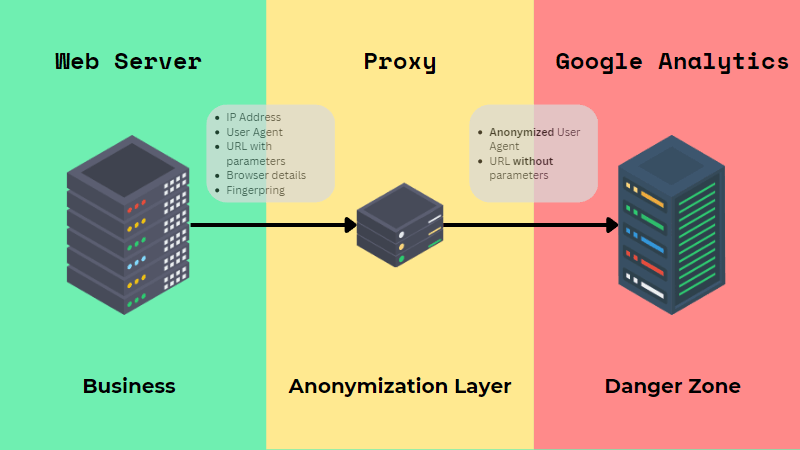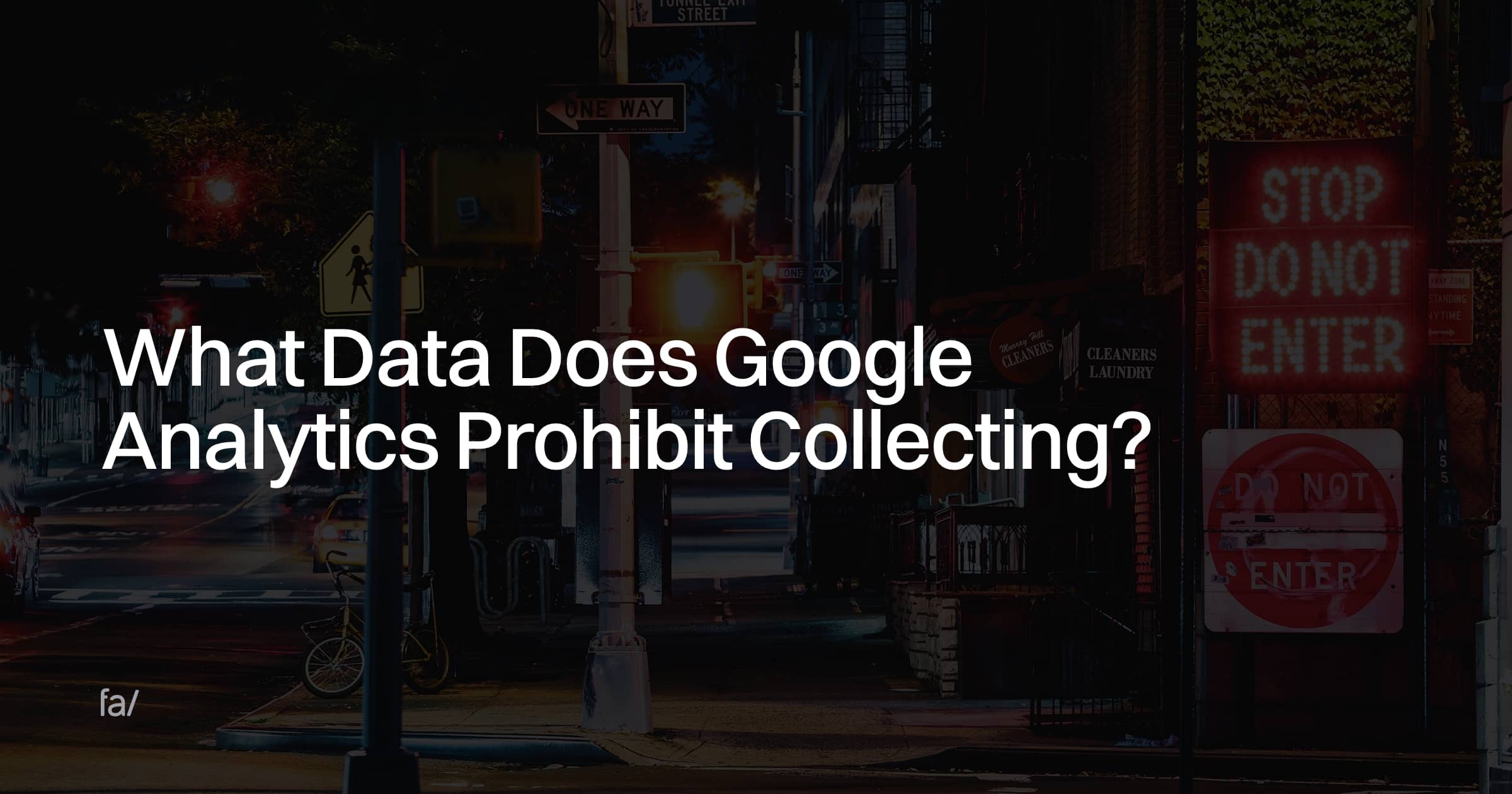Recognizing the Regulations: What Data Does Google Analytics Prohibit Collecting?
Recognizing the Regulations: What Data Does Google Analytics Prohibit Collecting?
Blog Article
Grasping the Art of Conquering Data Collection Limitations in Google Analytics for Better Decision-Making
In the world of digital analytics, the capability to essence purposeful understandings from information is extremely important for educated decision-making. Google Analytics stands as an effective device for organizations looking for to comprehend user habits, track conversions, and optimize their on-line visibility. However, data collection constraints within this system can hinder the precision and depth of the details collected. To really harness the capacity of Google Analytics for strategic decision-making, grasping the art of overcoming these restrictions is important. By using strategic techniques and innovative techniques, organizations can elevate their data quality, unlock concealed insights, and pave the way for more efficient and educated choices.
Information Top Quality Assessment
Examining the quality of data within Google Analytics is a vital action in guaranteeing the reliability and precision of understandings originated from the collected details. Information top quality evaluation entails assessing numerous aspects such as accuracy, efficiency, consistency, and timeliness of the data. One essential aspect to think about is data precision, which refers to how well the data shows truth values of the metrics being gauged. Inaccurate data can result in malfunctioning final thoughts and illinformed company decisions.
Completeness of information is another crucial variable in assessing data high quality. Uniformity checks are additionally essential in data quality analysis to determine any type of disparities or anomalies within the data set. By focusing on data quality analysis in Google Analytics, businesses can improve the integrity of their analytics records and make more informed decisions based on exact insights.
Advanced Tracking Techniques
Using innovative tracking techniques in Google Analytics can dramatically boost the deepness and granularity of data collected for more comprehensive analysis and understandings. One such strategy is occasion tracking, which enables the tracking of specific interactions on a website, like click switches, downloads of documents, or video clip sights. By implementing event monitoring, businesses can get a deeper understanding of customer behavior and engagement with their on the internet web content.
In addition, custom measurements and metrics offer a method to customize Google Analytics to particular service demands. Custom-made dimensions permit the development of new data factors, such as user functions or consumer sectors, while custom-made metrics make it possible for the monitoring of distinct efficiency indicators, like profits per user or typical order worth.
In addition, the use of Google Tag Supervisor can simplify the execution of monitoring codes and tags throughout an internet site, making it simpler to take care of and deploy innovative tracking setups. By using these advanced tracking techniques, companies can unlock valuable understandings and optimize their online strategies for better decision-making.
Custom Measurement Implementation
To boost the deepness of information accumulated in Google Analytics beyond innovative monitoring methods like occasion monitoring, services can implement customized dimensions for more customized understandings. Custom-made dimensions enable companies to specify and accumulate details data factors that are pertinent to their special goals and purposes (What Data Does Google Analytics Prohibit Collecting?). By designating customized measurements to various components on a site, such as customer interactions, demographics, or session information, companies can Check Out Your URL get a much more granular understanding of how users involve with their on the internet residential or commercial properties

Attribution Modeling Methods
Efficient acknowledgment modeling is vital for comprehending the impact of numerous advertising channels on conversion paths. By using the ideal attribution design, businesses can accurately associate conversions to the appropriate touchpoints along the client journey. One usual acknowledgment design is the Last Communication design, which provides credit for a conversion to the last touchpoint a user connected with prior to transforming. While this model is straightforward and very easy to carry out, it typically oversimplifies the consumer trip, neglecting the impact of other touchpoints that added to the conversion.

Information Tasting Avoidance
When dealing with huge quantities of information in Google Analytics, overcoming information tasting is crucial to make sure precise understandings are obtained for educated decision-making. Data tasting occurs when Google Analytics approximates patterns in information instead than evaluating the total dataset, possibly leading to skewed outcomes. By taking these proactive steps to decrease information sampling, businesses can draw out extra accurate understandings from Google Analytics, leading to far better decision-making and improved overall efficiency.
Conclusion
Finally, understanding the art of overcoming information collection limitations go to this website in Google Analytics is critical for making notified choices. By carrying out a thorough data quality assessment, applying advanced monitoring methods, utilizing custom dimensions, employing attribution modeling methods, and avoiding information tasting, companies can ensure that they have precise and trusted data to base their choices on. This will eventually cause much more effective approaches and far better end results for the organization.

Report this page